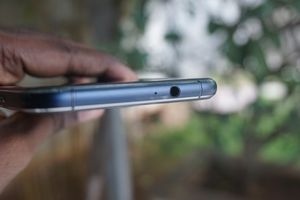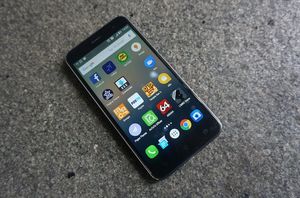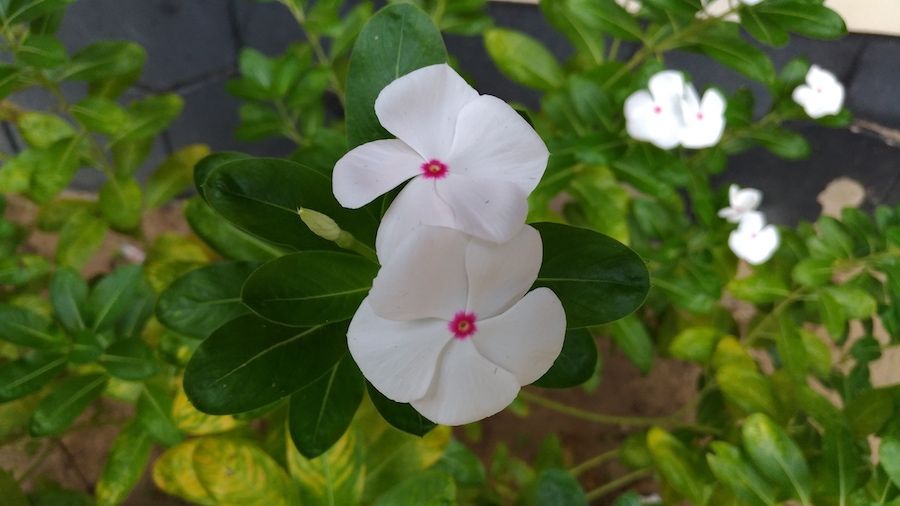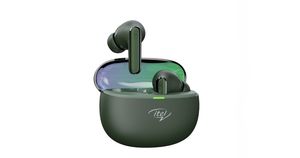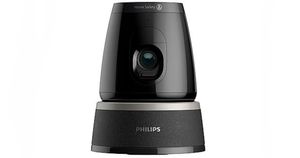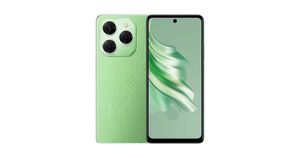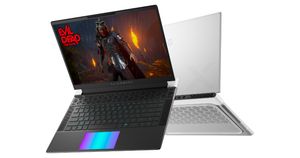
In India, smartphones can be broadly classified into three distinct segments – low end products that typically cost less than ₹10,000, the mid range segment that consist of phones selling for anywhere between ₹11,000 to ₹30,000 and lastly, the high end, premium segment that include phones that typically cost more than ₹30,000. When ASUS first launched its Zenfone series two years ago, there was an easy, clear demarcation of their products. The Zenfone 4, (with a 4-inch display) was the most affordable of the lot – followed by the Zenfone 5 which had two variants priced at ₹9,999 and ₹12,999. Lastly, they also had the Zenfone 6, the most premium amongst the lot for ₹16,999. Pertinent to note here is the fact that the entire Zenfone 3 line-up were phones that sold for less than ₹20,000.
The next year, ASUS went ahead and launched a larger Zenfone 2 line-up which upped the ante and consisted of products that covered a wider price range. The entire line up also got inherently confusing – even for most techies out there. In the past two years, both the first and second generation Zenfone models did not receive a major design revamp either.
Fast forward to 2016, we see that ASUS has stuck to its policy of covering a wide price range with its Zenfone. This time however, the company seems to have made a conscious decision to make the Zenfone brand a premium affair. The most affordable handset from the Zenfone 3 series lineup (Zenfone 3 Laser) received an official price-tag of ₹18,999. The most expensive product from the stables, the ZenFone 3 Deluxe (6GB RAM, 256GB storage version) on the other hand, was officially priced at a staggering ₹62,999 – giving even the likes of the Samsung Galaxy S7 Edge a complex! The design language too, has changed with all the Zenfone 3 phones now featuring a more premium build.
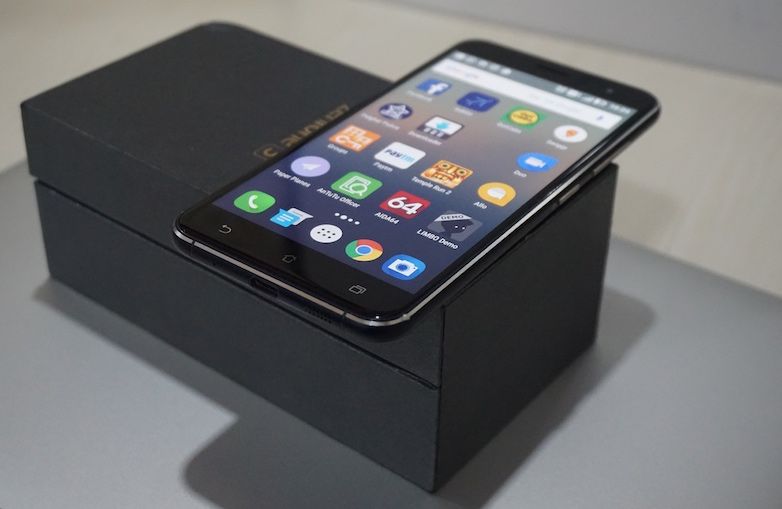
Currently, the company sells the “normal” Zenfone 3 in two variants. The one we have with us for review is the lower end Zenfone 3 which gets a 5.2-inch display, 32GB of onboard storage space, and 3GB of RAM which will set you back by around ₹20,000. The other Zenfone 3 variant gets a larger, 5.5-inch display, 64GB of onboard storage, 4GB of RAM and retails for around ₹27,000.
Let us now find out if the Zenfone 3 (32GB) is really worth the 20 grands you pay for it in our detailed review.
Design
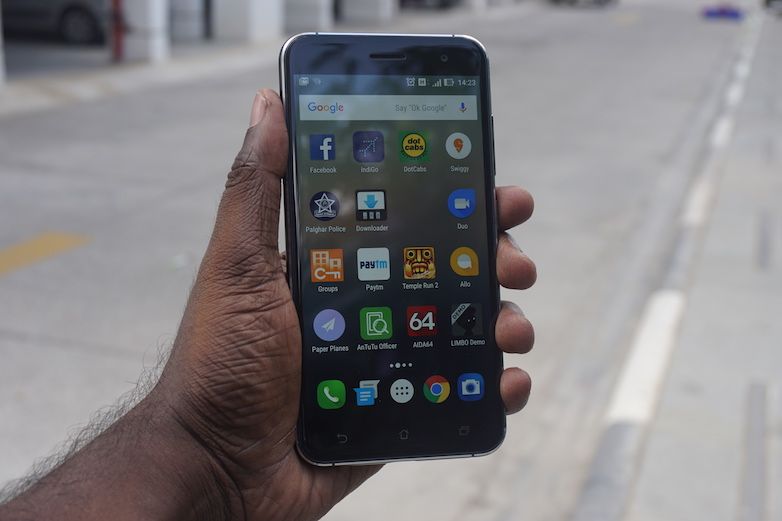
When ASUS announced its new Zenfone line up earlier this year, I was glad to see the company move away from the the “typical” Zenfone design language. To be really frank, I was not a very huge fan of the design of the erstwhile Zenfones. That however, changed once I saw the new lineup earlier this year when ASUS first showcased the new lineup in Taiwan. But then seeing one device in images is one thing and having it in your palms is something extremely different.
When Samir handed over me the box for review, I immediately opened it to find this really premium looking device that exuded class. Unlike the plasticky Zenfones of the yore, the Zenfone 3 uses a metallic frame held together by glass on both the sides. Here are some pictures.
Now, having a glass panel on both the sides not only makes the phone very slippery, it is also susceptible to scratches and damage in the eventuality of a fall. While I was extremely careful during my time with the Zenfone 3, on one occasion, I did drop the phone much to my horror. It was on the tarmac at Kochi Airport and my heart skipped a beat when the phone hit terra-firma. I picked up the phone fearing the worst. To my relief, there was no damage to the display or the back panel. It did however receive some telltale scratches.

The dimensions of the Zenfone 3 too is fairly compact and the build quality was solid. All the buttons on the right side of the phone feel like they are built to last a millennium and give a solid “click” sound when pressed. Pretty neat. The phone uses physical capacitive buttons for navigation with the back, home and option keys aligned from left to right. The phone has a single speaker at the bottom flanked by a USB Type-C port and the primary microphone. Above the display, the phone gets the earpiece, flanked by an 8-megapixel front camera and a notification LED. There is a hybrid SIM tray on the left side that can accepts dual SIM cards. The SIM 1 tray on the Zenfone 3 accepts a micro SIM card while the SIM 2 tray will only take in a nano SIM. Also, you would not be able to use the SIM 2 slot if you wish to have a microSD card instead. As someone who doesn’t really fancy hybrid SIM slots this is a big downer for me. At the top, the Zenfone 3 gets a 3.5mm audio jack and the secondary microphone. The glass clad rear panel also houses the 13-megapixel camera with laser autofocus and an LED flash. Located right below the camera is a fingerprint scanner followed by the prominent ASUS logo at the bottom.
Display
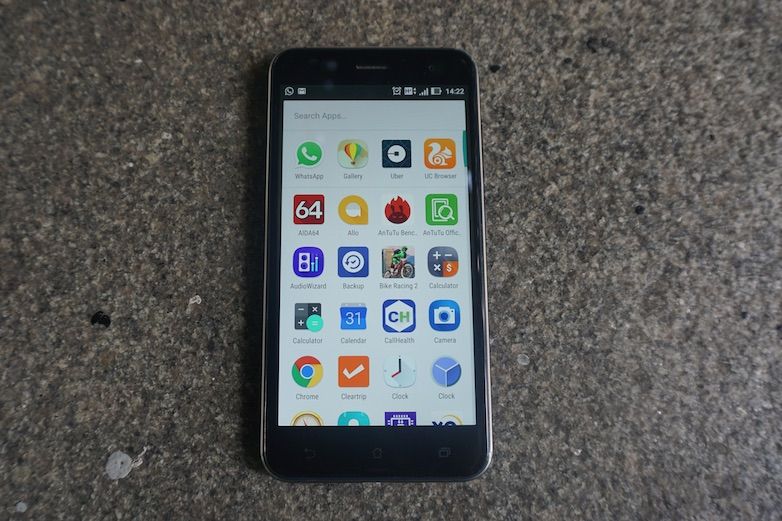
As already explained, this variant of the Zenfone 3 gets a 5.2-inch, full HD LCD display that offers a PPI density of 424 making it fairly sharp. What struck me almost immediately upon receiving the phone was the brightness levels of the display which is almost blinding. This is arguably one of the brightest displays I have come across recently. Obviously, sunlight visibility is great on the device as well. The phone does get a lot of display customization options that include the following modes: Balanced, Bluelight Filter and Vivid. Apart from these three, you can also have your own customized display setup. Watching videos and content on the display is pleasure and I am sure you’d be hooked to the display for hours.
Hardware
This version of the Zenfone 3 finds itself powered by Qualcomm’s Snapdragon 625 SoC which is clearly, a mid-range offering. This version gets 32GB of storage space with the option to add a microSD card to expand the memory further. There is 3GB of RAM as well – not uncommon on any self respecting mid-range device from 2016. We will talk about the hardware/software performance in a different section below. That said, it is to be noted that there are several other devices that get newer, faster processors – including the likes of the Le 2 and the Xiaomi Redmi Note 3 both of which get the faster, Snapdragon 652 chip.
Camera
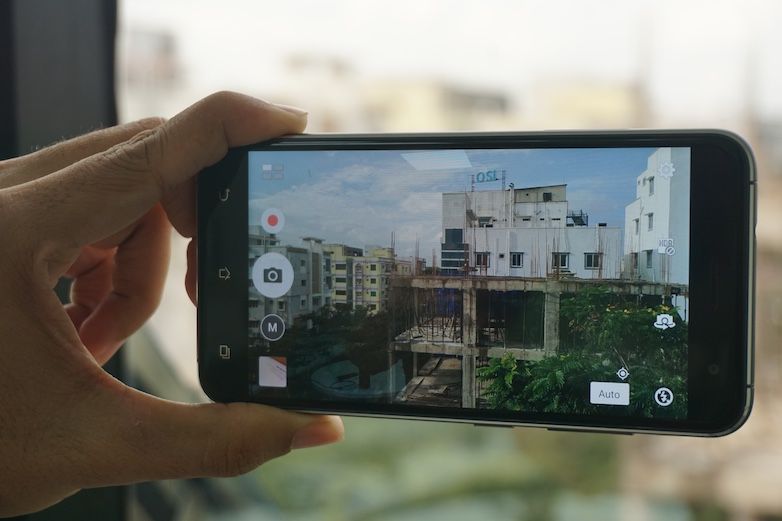
The Zenfone 3 uses a 16-megapixel rear camera with an aperture of f/2.0. The 6P lens setup and the IMX 298 sensor from Sony claim to offer superior picture quality while the combination of laser and phase detection autofocus promises super quick focussing times. The phone also gets Optical Image Stabilization that should help you with steady shots in low light conditions while making videos less jittery at the same time. The phone comes with a comprehensive camera software that offers you tons of ways to customize your photographs. This also includes a fully manual mode that lets you control almost every aspect of the camera ranging including white balance, exposure value, ISO, shutter speed and autofocus. The Zenfone 3 has a really wide shutter speed range starting at 1/50000 to 32 seconds – the latter almost exclusively for low light imaging.
The Zenfone 3 offers a staggering number of camera modes – easily among the most comprehensive I have seen on any smartphone on sale recently. The different modes available for the user include HDR Pro, Super resolution, beauty mode, dedicated low light mode, separate night mode, depth of field mode, QR code mode, panorama, GIF animation mode, time rewind, miniature mode (for tilt shift images), all smiles mode, smart remove, time lapse and slow motion. Switching to the front camera, the phone defaults to the beautification mode within which there are again, several customization options. The front camera too offer a lot of modes that we earlier saw on the main camera.

The sheer number of camera option on the phone does however did make me feel if ASUS kind of overdid it with the Zenfone 3. But then, it is still better than not having a feature at all.
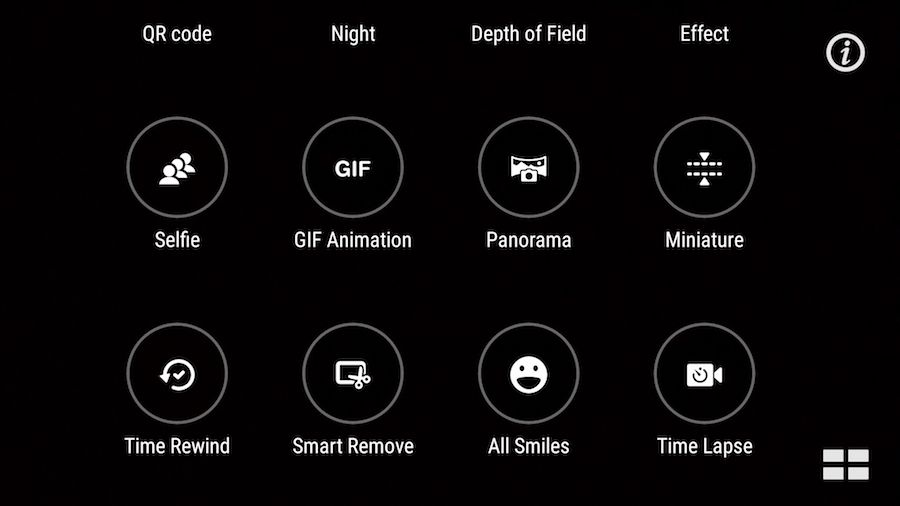
As for me, I used the Zenfone 3 during my recent trip to Kerala just like a casual, normal user would. Almost all the photographs were taken in the auto mode since I was there for a family trip. Once thing I consistently noted about the Zenfone 3 images in the auto mode is the fact that dark areas and shadows tend to get overtly dark. The phone also sort of over saturates everything. Greens appear greener, reds appear redder and so on. For example, in this picture below, taken during a train trip, the dark areas are cannot be seen at all while the sky looks oversaturated. The phone however did manage to get the colour of the water right. You can fix these issued by slightly tweaking the camera. My quick solution was to switch to the HDR mode which was a lazy fix that gave me better, more usable images.

Low light imaging was decent – with even the front camera faring decently. There is a fair amount of noise in the images though which can be expected from a device in its price range.
The Zenfone 3 can take 4K videos – although I found myself using the full HD mode more frequently. The video camera also suffers from the same problem – the tendency of darker areas getting completely dark which was sort of annoying. I did manage to use the same lazy fix to solve that issue – capture the video in the HDR mode.
Overall, I was satisfied with the camera and especially the sheer number of options the phone offers. We will be looking at the camera performance of the Zenfone 3 in a separate article when our in-house camera expert George takes the phone for a spin.
Software
At the outset, I should mention here that I am not a great fan of the ZenUI for various reasons. I mean, I can live with it but I will almost certainly switch to another launcher at the very first opportunity. However, my tryst with the Zenfone 3 started off on a positive note when during the setup, it gave me the option to use Google Now launcher – instead of Zen UI. This is a great move by ASUS – giving the user an option to use the phone with a launcher of his choice.
Now, even though I switched to the Google launcher, other UI elements are still based on ZenUI. There are some annoying (minor) niggles with the UI that I would take an opportunity to talk about here. To start with, once the phone receives an update, there is no way to remove the update notification from the drop down notification menu by swiping it away. yOu have to click it and then click “No” to make it go away. The another issue, also related to annoying notifications is when you insert a SIM card to SIM slot 2 while on roaming and using data. The phone will throw up an annoying drop down message informing me that I may incur data charges. On SIM 1, you get the option to turn that message off – not on SIM 2!
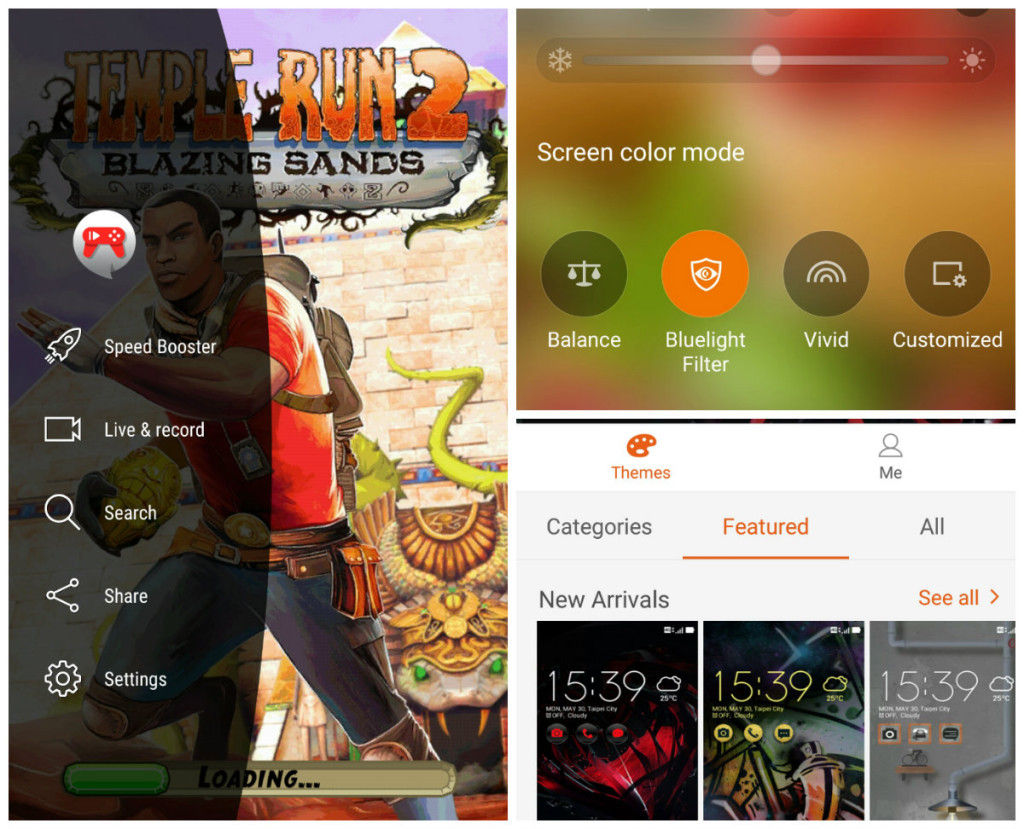
Although ASUS has toned down things a bit, the Zenfone still comes preloaded with bloatware. But it is slowly getting better compared to what we have seen in previous years. The software also offers a huge number of shortcuts and motion gesture elements all of which you may find useful. The Zenfone 3 supports theming as well and you can download themes from a dedicated theme store. Many of these themes are however, paid. There are free ones too, though.
The phone also comes with something known as the Game Genie app which (at times annoyingly) pops up the moment you startup a game. This app however is useful to people who love recording their gameplay and share it with others. Thankfully, you can disable the app from appearing each time you start a game.
Performance
I found the UI on the The Asus Zenfone 3 to be quite decent. Not once during my near three week usage of the phone did I face any major lags and the performance was generally good. I am not an avid mobile gamer. But I did try out some basic games on the Zenfone 3 and it handled them pretty well. The phone did handle graphic intensive games decently as well. That said, we don’t really recommend this phone of gaming is going to be a major use case.

Call quality was generally fine on the device and I was able to hear the person at the other end pretty clearly. The supplied earphones are of decent quality and also contain additional earplugs for different ear sizes. The speaker too is quite loud in case you do not wish to use the earphones. Note that this device does support VoLTE and therefore will work on Reliance Jio without the need for an additional app to make phone calls. I however did not try the handset on Jio.
The Zenfone 3 3GB, 32GB version comes with a 2500mAh battery. The phone on average lasted one day with nominal usage that involved a few phone calls, at least 25 minutes of gaming, usage of social media apps like Facebook and WhatsApp and nearly 40 minutes of web browsing. At the end of it, I managed to squeeze out a screen on time of 5 hours- which is not bad for a phone with a 2,500 mAh battery. You can squeeze out slightly more battery life by fine tuning the display settings. One major downer regarding the battery is the fact that the phone does not support fast charging. It takes around an hour 30 minutes for the phone to charge completely from 0 to 100 percent.
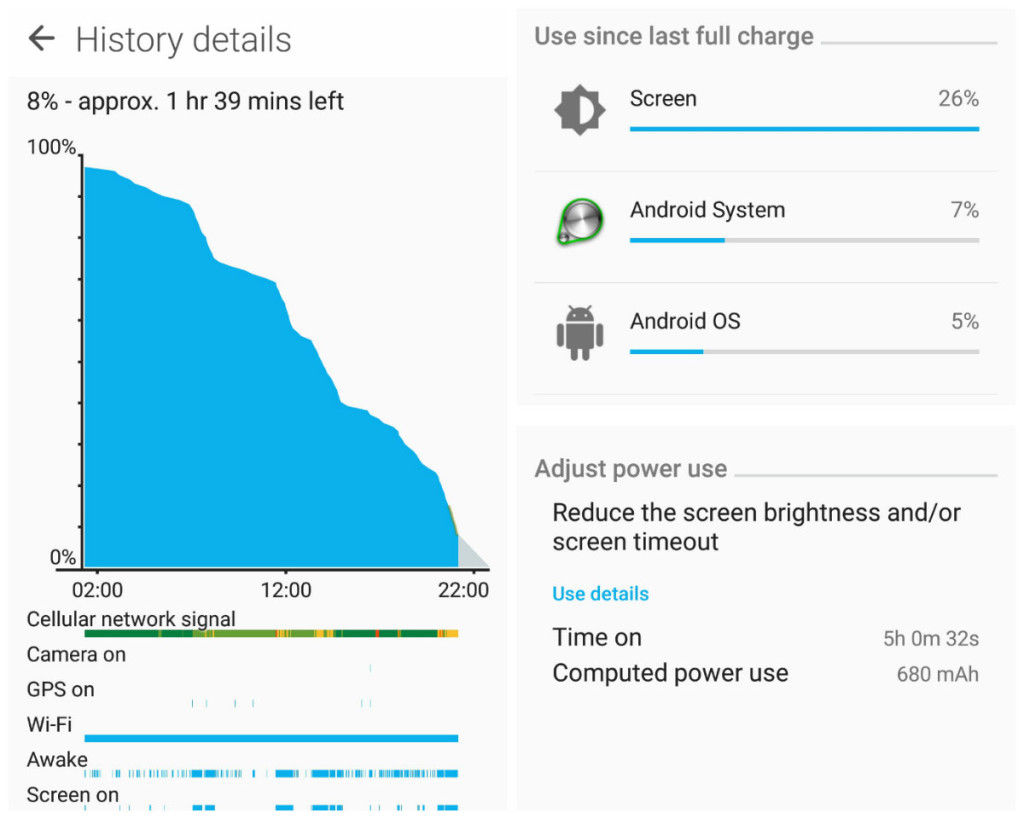
The Zenfone 3 offers 23.5GB of storage space right out of the box. I did however use a 32GB card with the device. The higher priced variant gets 64GB of internal storage – plus the option to add an SD card. If all that wasn’t enough, you also get 100GB of free Google Drive storage for two years with the device. You can redeem the offer while setting up the Zenfone 3.
Verdict
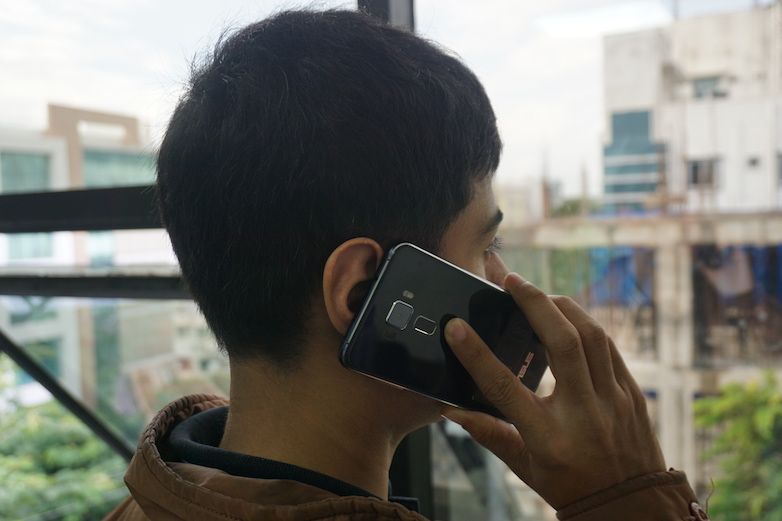
There is high chance that one look at the Zenfone 3’s sleek design would compel you to buy the phone right away. The phone is not a bad performer either and like I said, it is also surprisingly durable in spite of it being an all glass affair. The software is pretty fast as well – except for the annoying notifications bit. The issue with the Zenfone 3 however is the price at which it currently retails in India.
Here is the conundrum.
At the time of this writing, the lowest price we could find for the Zenfone 3 was ₹19,990. Now, for slightly more money, there is a really interesting device called the Xiaomi Mi5 also available. The Mi5 like the Zenfone 3, gets a sleek design and an even more slippery body. What is different however are the internals. The Snapdragon 820 SoC on the Mi5 is way faster than the Snapdragon 625 and the performance difference would be noticeable. For a typical Indian who would want the most bang for their bucks, which device do you think is a logical buy? Another recent entrant in the segment with a price a similar price tag is the Lenovo Z2 Plus which also offers better specs when compared with the Zenfone 3 – although we will stop short of making a direct comparison before a complete review.
Now, let us look at the other end of the spectrum. There is literally a barrage of devices under the ₹15,000 price bracket that actually offer comparable (or better) hardware specs when compared to what the Zenfone 3 has on offer. They may not get the sleekness and the suaveness of design that the Zenfone 3 offers – but do offer some serious bang for your money.
All said, if you can ignore these minor niggles, and are hooked to the svelte looks the Zenfone 3 and prefer a premium looker, you might as well go ahead and buy it.


